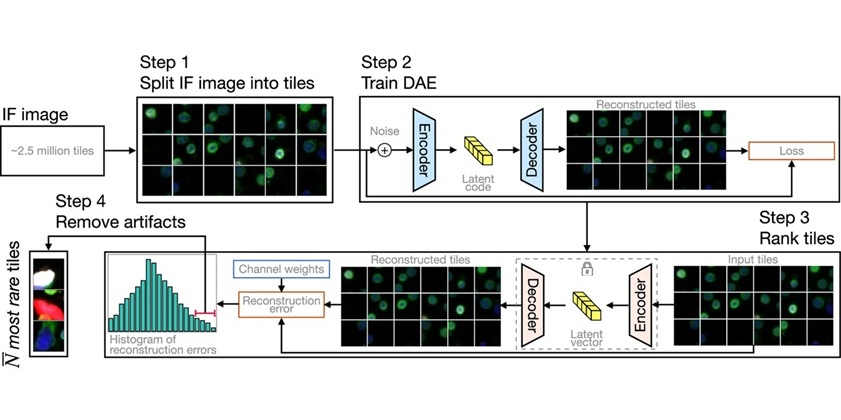New Method Helps Rule Out Heart Valve Infection
By LabMedica International staff writers
Posted on 08 Nov 2017
If a blood sample shows the presence of what is known as alpha-streptococci, there is a risk that the person suffers from infective endocarditis, a heart valve infection and it is an inflammation of the inner tissues of the heart, the endocardium, usually of the valves.Posted on 08 Nov 2017
In order to determine whether or not this is the case, the patient must undergo echocardiography, a type of ultrasound examination of the heart, which can be technically difficult to implement and is often unpleasant. Previously, there has been a lack of supporting documentation and evidence to help healthcare professionals determine when such an examination is to be performed on patients.

Image: A scanning electron photomicrograph of Streptococcus mutans; these bacteria are found in cases of infective endocarditis (Photo courtesy of Dr. David Phillips).
Clinical scientists at Lund University (Lund, Sweden) developed a risk assessment system, HANDOC, which distinguishes which patients with alpha-streptococci in the blood who are either at high and low risk respectively of suffering from infective endocarditis (IE). The study was based on medical records from 340 adult patients in Skåne University Hospital (Lund, Sweden), whose blood samples showed the presence of alpha-streptococci. In 26 of them, infective endocarditis was confirmed. The investigators mapped the factors that distinguished these patients from those who were not diagnosed with infective endocarditis. Based on the result, an assessment system was constructed.
The investigators found that several factors differed significantly between the patients with IE and those without. Amongst these variables, the presence of heart murmur or valve disease, etiology with the groups of Streptococcus mutans, S. bovis, S. sanguinis or S. anginosus, number of positive blood cultures equal to or greater than two, duration of symptoms of seven days or more, only one species growing in blood cultures, and community acquired infection were chosen to form the HANDOC score. With a cut-off between two and three points, HANDOC had a sensitivity of 100% and specificity of 73% in the first cohort. When tested in the validation cohort, the sensitivity was 100% and the specificity 76%.
Magnus Rasmussen, MD, PhD, an associate professor and senior author of the study, said, “Clinical microbiology has taken strides when it comes to determining bacterial strains, but it's not always clear what this information will mean to the care of the patients. With this assessment system, we have created an easy-to-use tool systematizing how clinicians should treat patients with alpha-streptococci in the blood.” The study was published on October 10, 2017, in the journal Clinical Infectious Diseases.
Related Links:
Lund University
Skåne University Hospital









 Analyzer.jpg)



